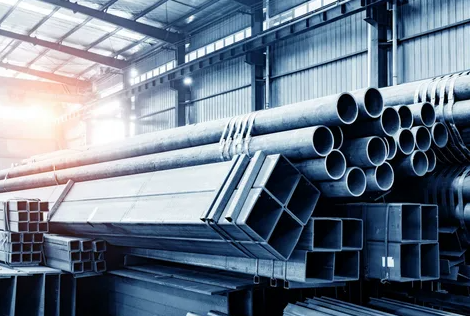The euro has remained remarkably stable this year, showing only limited volatility against the US dollar and other foreign currencies. The recorded fluctuations in the euro exchange rate are mainly associated with monetary policy trends in the Eurozone and countries such as the United States and Japan, combined with speculative attitudes of foreign currency investors.
In early April, the euro was almost $ 1.39. At the same time, the strength of the euro is at odds with economic fundamentals in the eurozone's metallurgy, which are darker than those in the US, and monetary policy in the eurozone compared to those in the US and Japan. However, the strength of the euro also reflects a more positive investor sentiment towards the single currency than towards emerging economies such as Brazil, India, Indonesia, Turkey and South Africa.
In addition, the conflict over Crimea has also prompted investors to withdraw funds from Russia and Eastern Europe and increase investment in the eurozone economy. The ECB is clearly paying particular attention to the continued strengthening of the euro and low inflation, as the eurozone may be stuck in a long-term deflationary scenario.
In March 2014, annual inflation in the euro area fell to 0.5%, well below the ECB's inflation target of 2%. However, the ECB decided in April to keep its key interest rates unchanged. The ECB also said that the underlying inflation rates have been relatively stable in recent months in most countries, while the current very low inflation rate is seen as temporary and caused by special factors.
Meanwhile, monetary interventions such as bond buying programs run by the Fed, the Bank of Japan and the Bank of England seem to have expanded in recent years.
Strong euro becomes a cause for concern for metallurgists - EUROFER

|
|
Azovpromstal® 28 April 2014 г. 19:00 |





